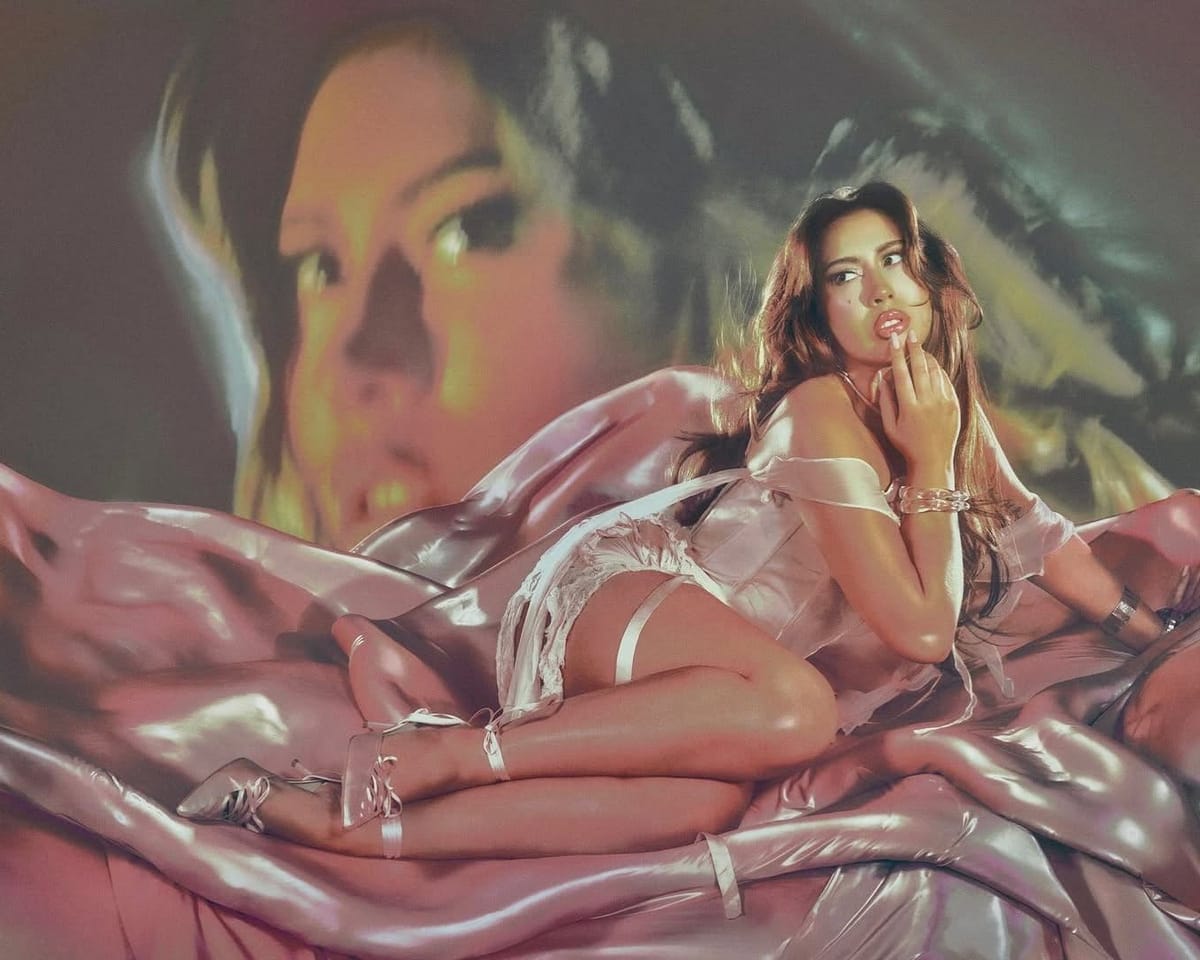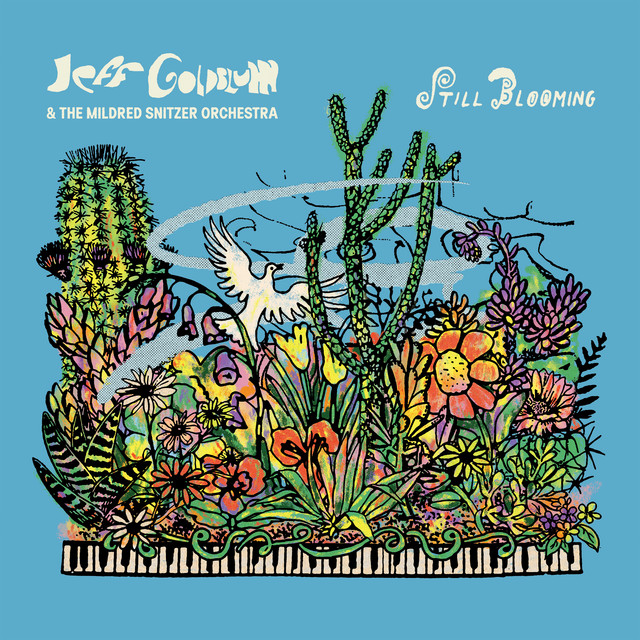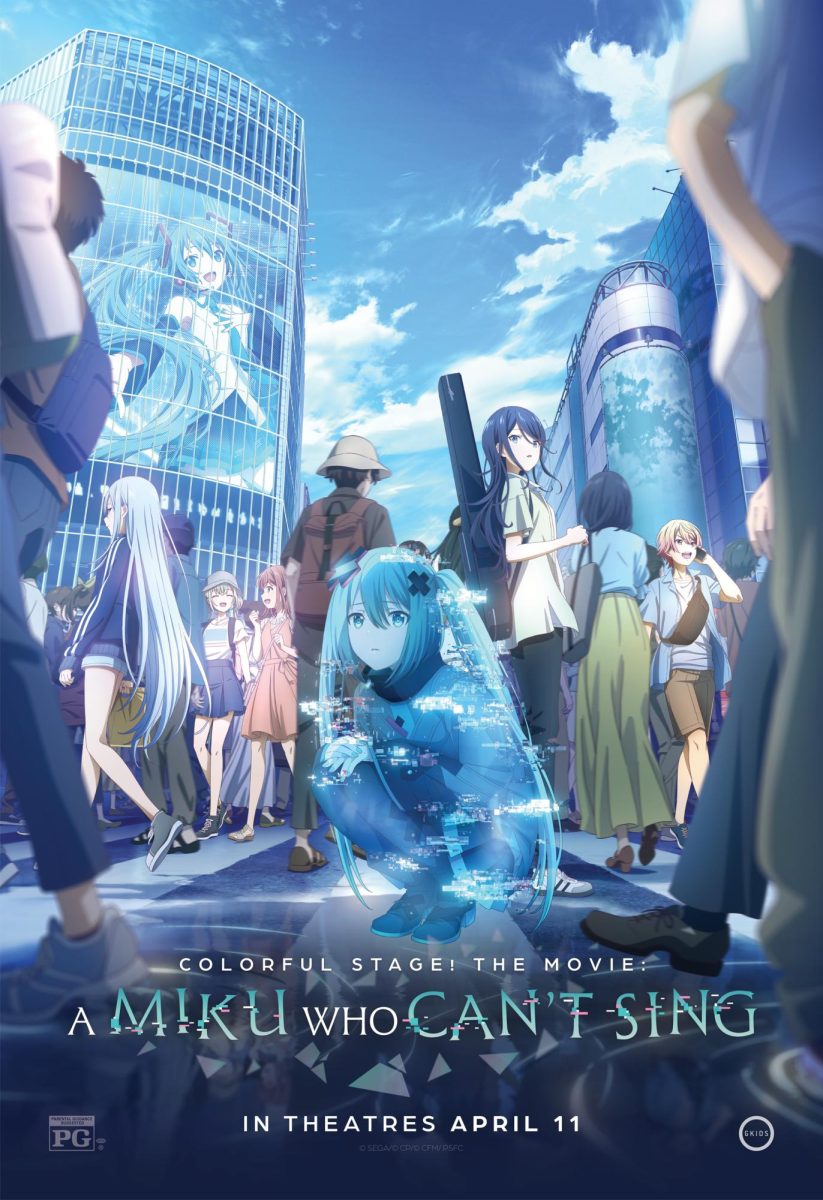1. Halloween is derived from four different traditions:
-Roman Feralia Festival, commemorating the dead.
-Roman Pomona Festival, honoring the goddess of fruit.
-Celtic Festival Samuin, “Summer’s End” comprised of the bulk of Halloween traditions.
-Catholic Hallowmas period, “All souls day” and “All saints day,” which was instigated around 800 A.D. to replace Samuin by the church.
2.The name ‘Halloween’ comes from middle English ‘Alholowmesse,’ meaning “All Saints day”. It was called “All Hallows Even,” shortened to “Hallowe’en” until the 20th century when it became “Halloween”.
3. The concept of wearing costumes for the holiday comes from the Celtic traditions where young men dressed in black and white masks to soothe the spirits. It was also said that ghosts could mingle freely with humans. According to myth, ghosts would disguise themselves in human form. They would dress as a beggar and ask for money or food. If someone did not comply with the spirits, they risked being haunted or cursed by spirits. It was assimilated by the Irish immigrants in the early 1900s.
4. During the middle ages, the poor would dress up and go door to door asking for money or food. They were often given soul cakes to free them from purgatory. In today’s modern age, kids dress up in masks and costumes, and then go door to door repeating the line, “Trick-or-Treat,” to each person that answers the door to ensure that their taste buds encounter their favorite sweets.
5. Haunted houses bring in around ½ a billion dollars a year.
6. In North America, people spend around three billion dollars a year on Halloween costumes.
7. Snickers are the most preferred candy, followed closely behind by Reese’s Peanut Butter Cups and candy corn. Candy sales average around 2 billion dollars a year.
8. Following Christmas, Halloween is the second most commercially successful worldwide holiday that is celebrated.
9. 35 million children in the U.S. between the ages of 5-13 go trick or treating every year. Around about 90% of all children in that age group.
10. 50% of adults in the U.S. will dress up for Halloween and 67% will attend a party or go trick or treating with kids.
11. The black cat’s bad reputation dates back to the dark ages, in which witch hunters accused elderly woman of having a “familiar”; a demonic animal given by the devil to practice witchcraft.
12. A Celtic folklore tells of a farmer named Jack who tricked the devil, and in result, was turned away from heaven and hell. He must wander through purgatory, using a turnip with a burning coal inside, to guide his lost soul. A scary face was carved into the turnip to scare away evil spirits. The 1846 potato famine brought the tradition to America. Due to the lack of turnips, pumpkins were used instead. This is where the term “Jack-o-Lantern” came from.
13. Medieval folklore states that the sight of a bat on Halloween is considered an ominous sign. If a bat flew around a house three times, it meant that someone would die soon. If a bat flew into a house, it meant that a ghost let it in. Bats were also notorious for being a witch’s “familiar”. If a spider is consumed by fire it means that a witch is nearby. Also, if you spot a spider on Halloween, it means that a deceased individual is watching over you.
15. When you think of a witch, an image of a pointy black hat, warty noise, and an old hunched over evil woman with magical potions comes to mind. “The crone” (a pagan goddess), is where the witch originates from. Witches are also known as the “The old one” and “Earth Mother,” which symbolizes wisdom, change, and the turning of seasons. The all-knowing elderly woman has transformed into a wicked witch over the years due to the media’s perspective of the “spook factor”
16. The Pagan Celts believed that, when people die, all of the souls went into a cauldron. The goddess, “The Crone”, stirred the souls allowing the new souls to enter and the old ones to be reborn. The cauldron of life has been replaced by a dark, steaming, and suspicious brew.
17. The witch’s broomstick myth dates back to the medieval ages. Many women accused of being witches were too poor to own a horse, so they would walk everywhere on foot with a walking stick. Some used brooms as a substitute.
18. Traditional black and orange Halloween colors stem from the pagan celebration of the autumn harvest. Orange was used to show the colors of the crops and turning leaves, however, black marks the “death” of summer and changing of seasons.
19. Apples were viewed as a sacred fruit that could be used to predict the future. Many people would play fortune-telling games by bobbing for apples. It was said that the first person to pluck an apple without the aid of their hands, would be the first to marry. If a bobber did pull out the apple on their first try, they would experience true love. Contradictory to that, if it took someone many tries, true love would be much harder and that person would experience many hardships in their romancing.. Another myth states that, if a girl put the apple she bobbed under her pillow on Halloween night, she would dream of her future husband.
20. Candy corn, invented in the late 1880s, was a time consuming and menacing task. The syrup for the colors had to be carefully heated and placed in specially shaped molds. The candy was made to represent the corn kernel. Today, it is still a widely eaten and produced candy.
Information from: http://www.livescience.com/16677-halloween-superstitions-traditions.html






